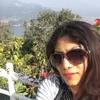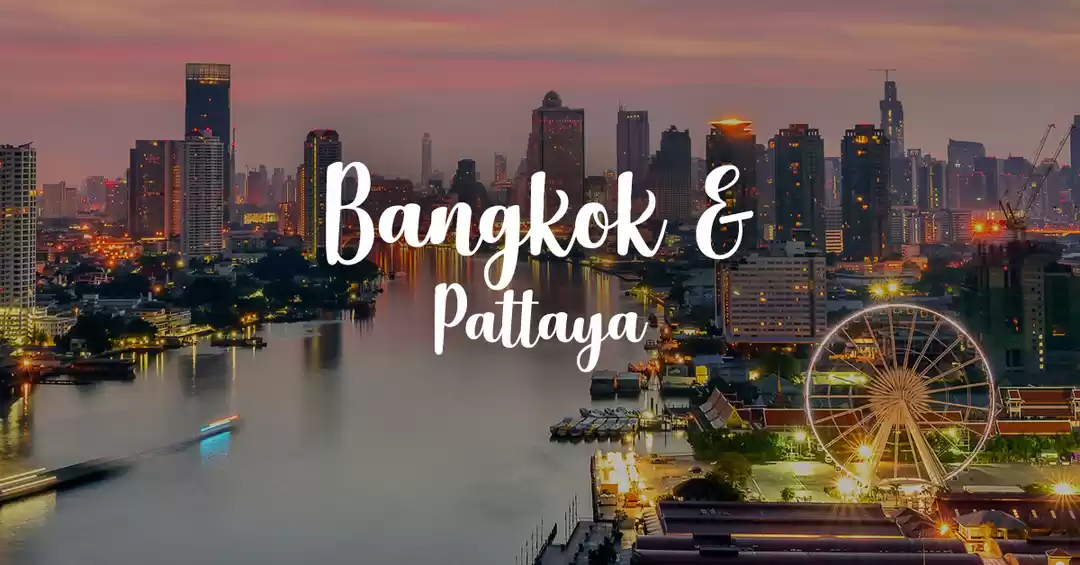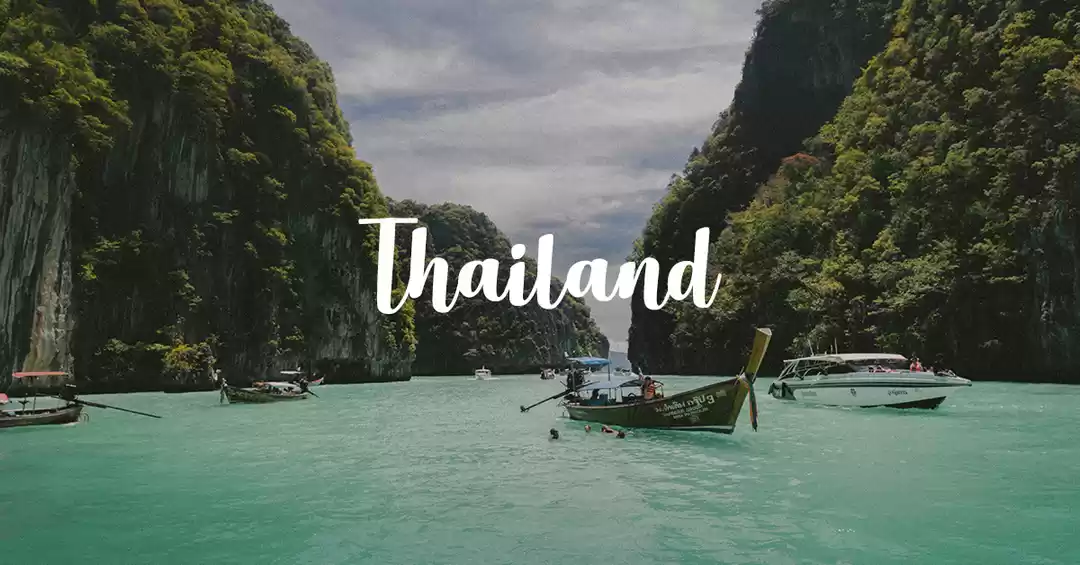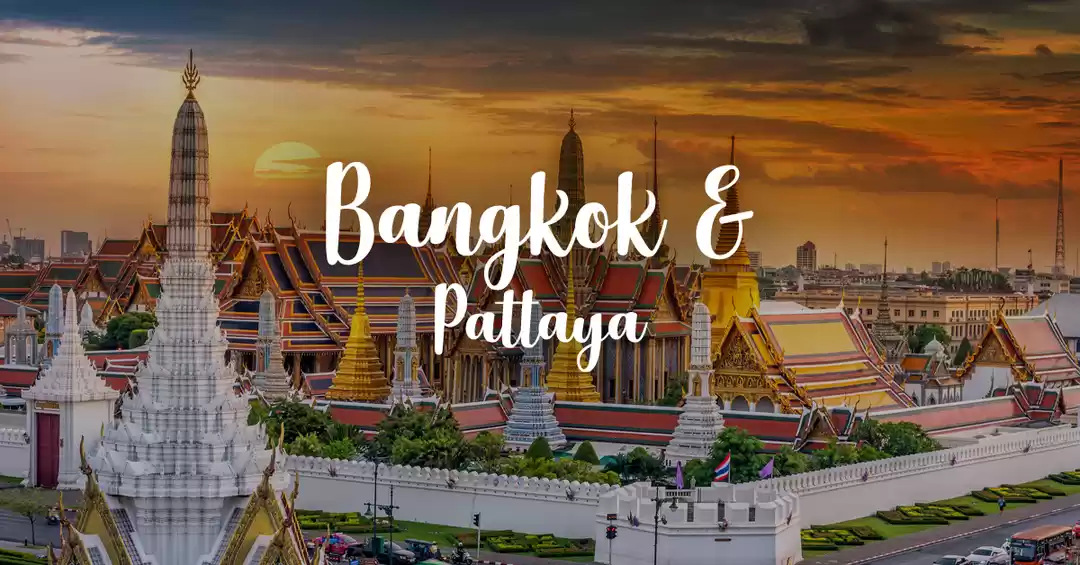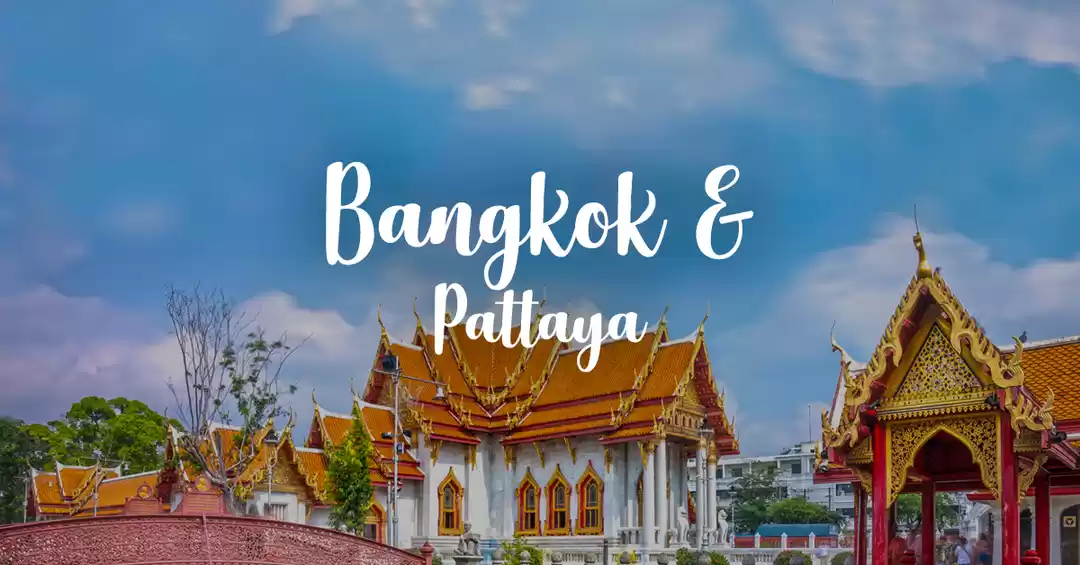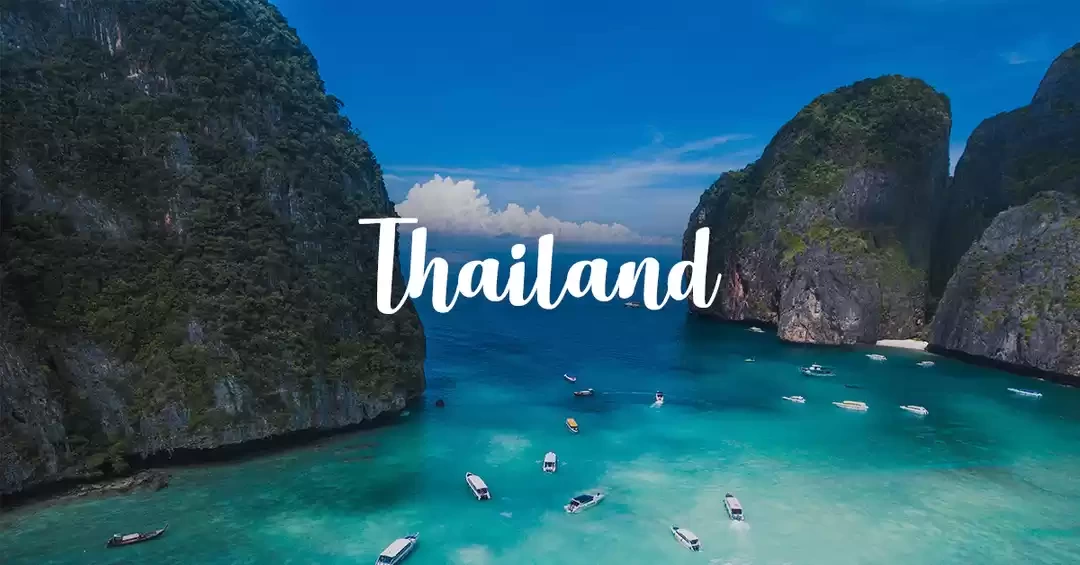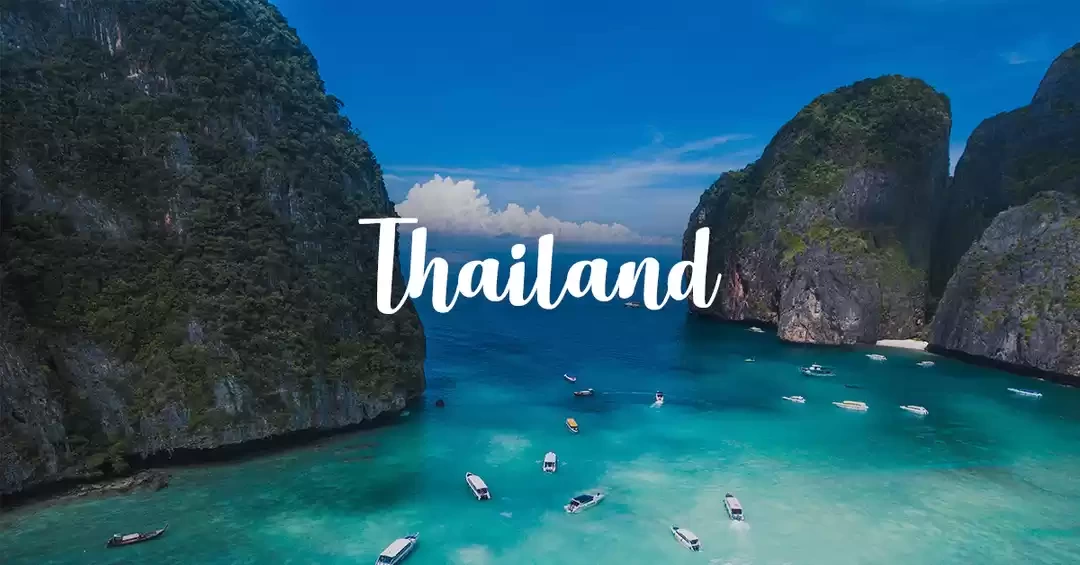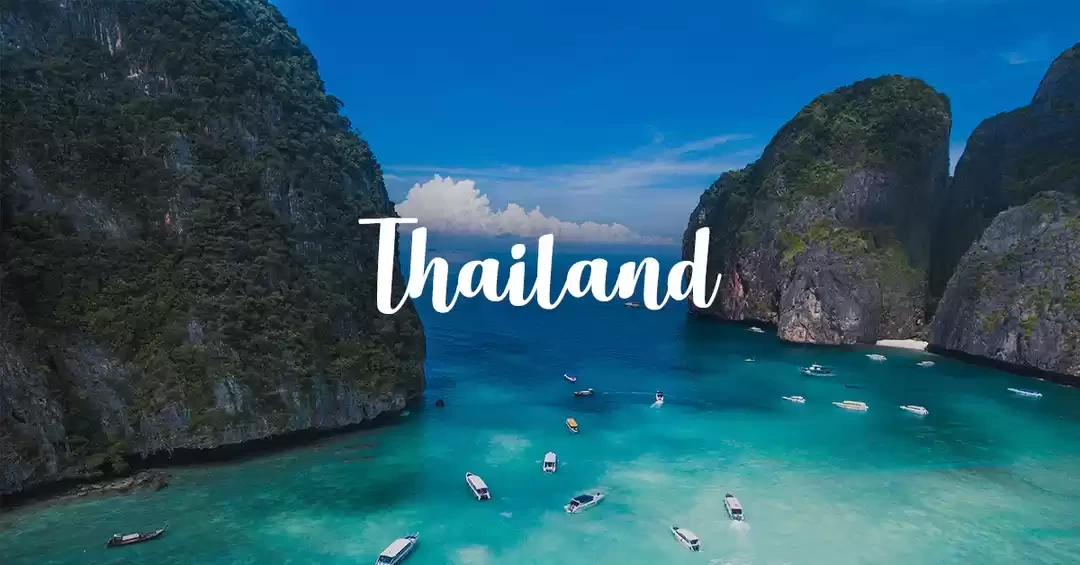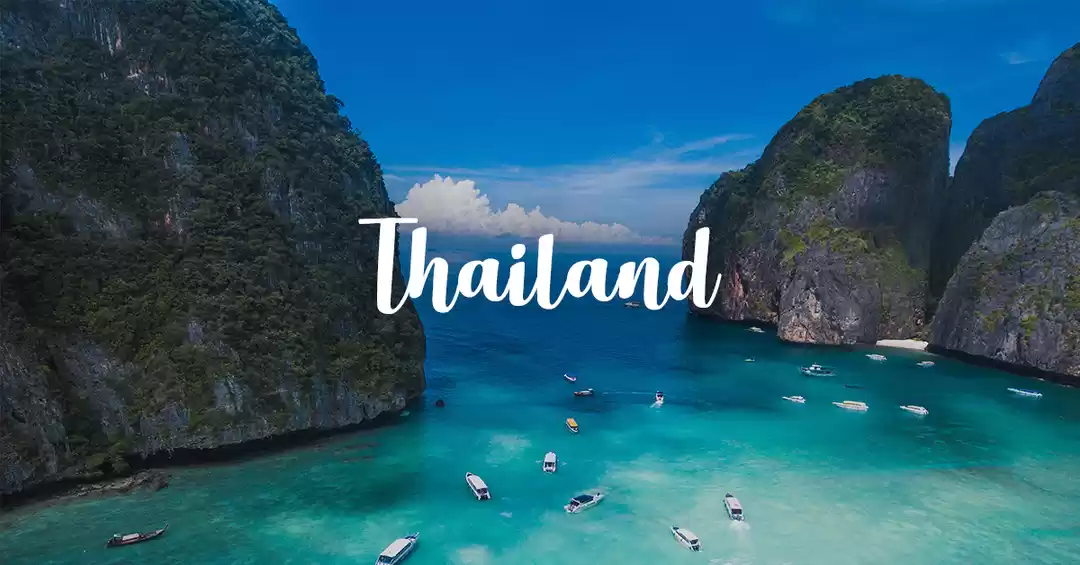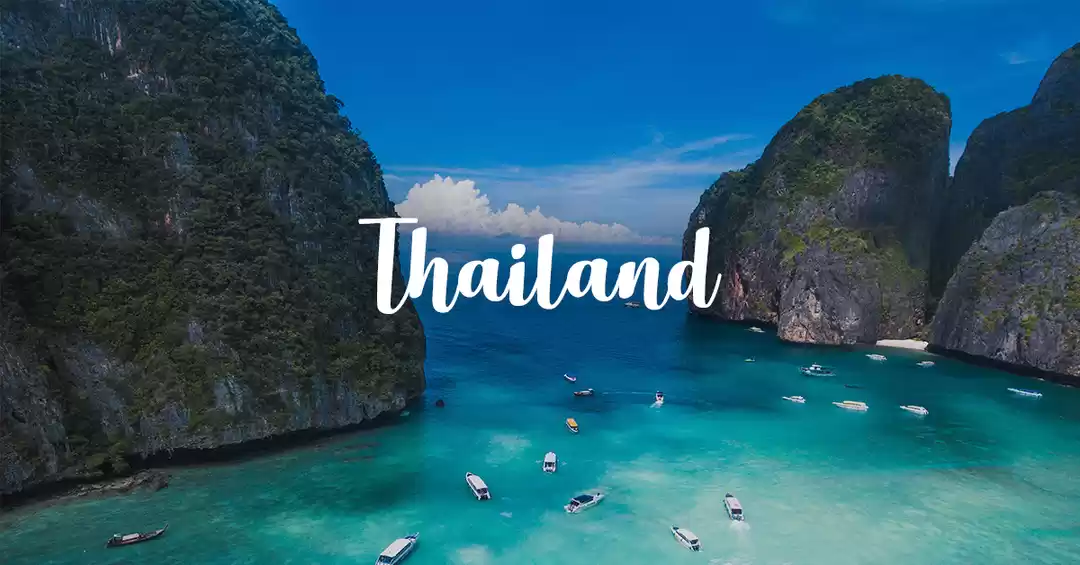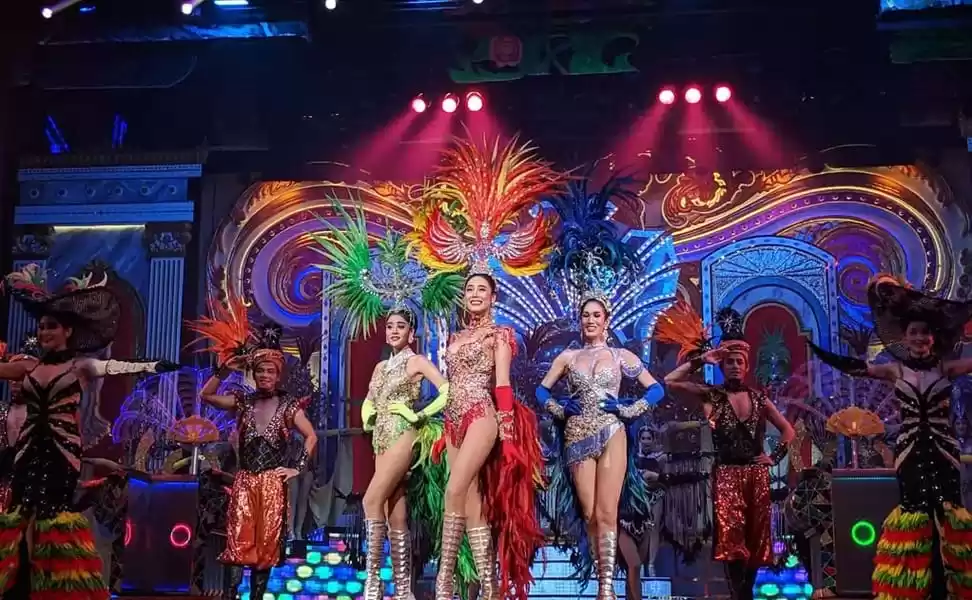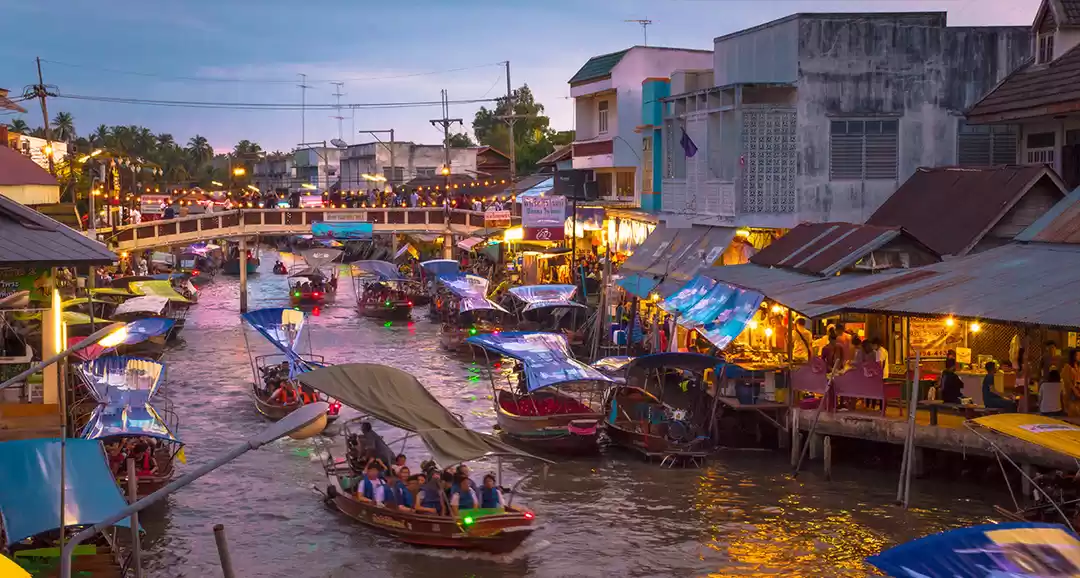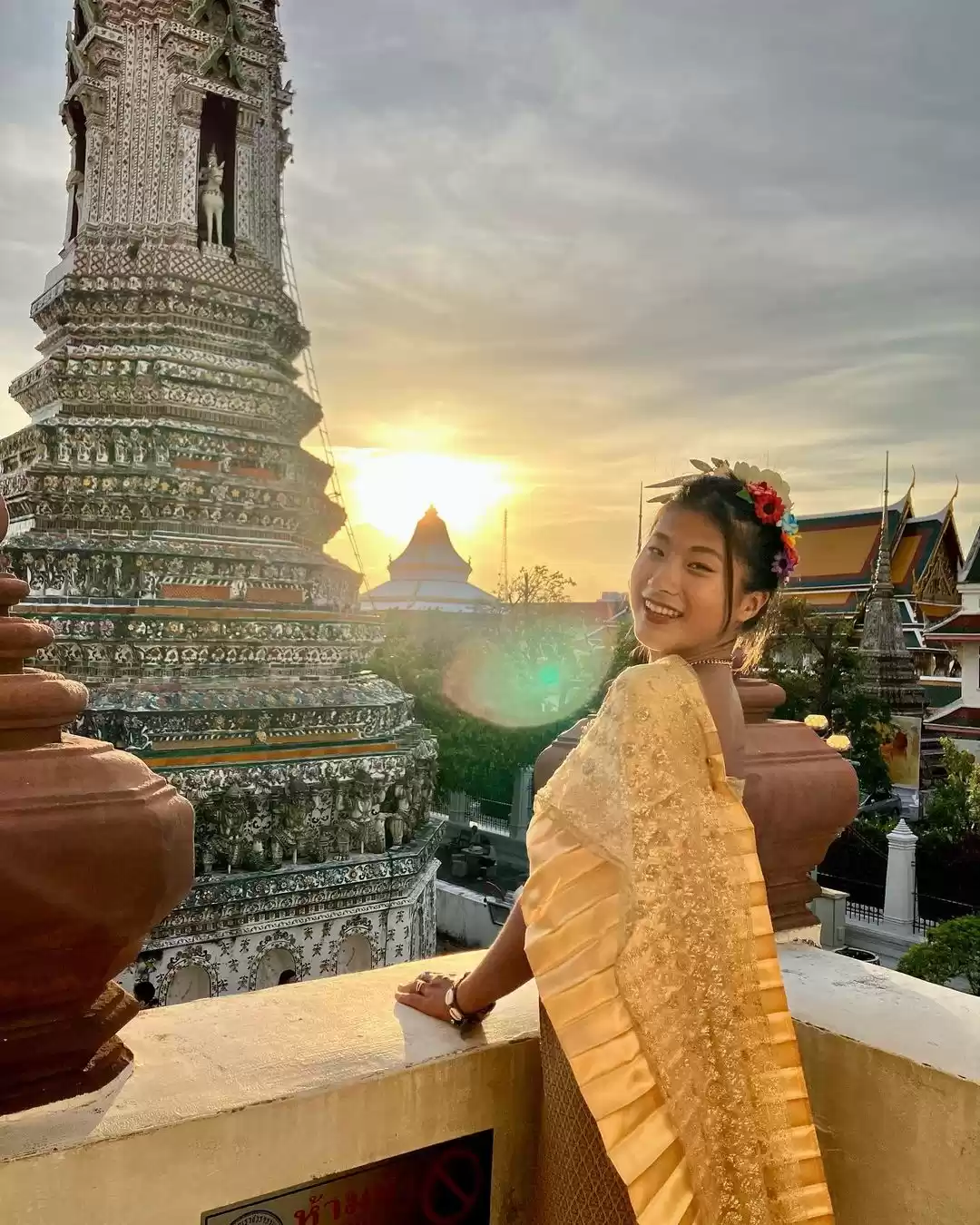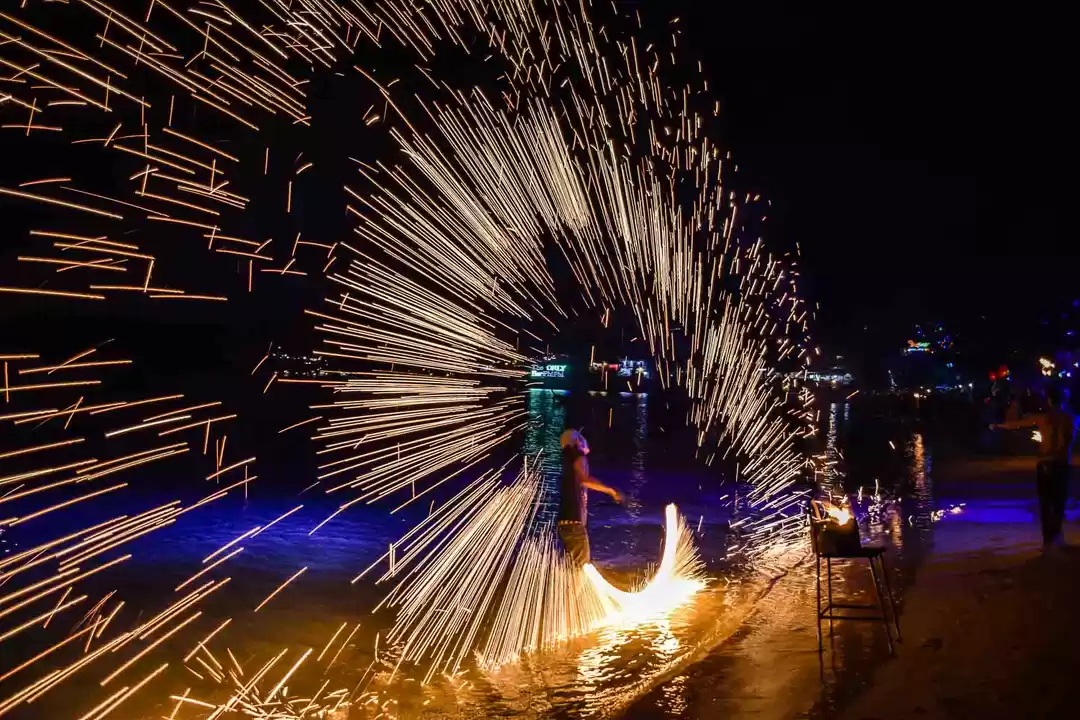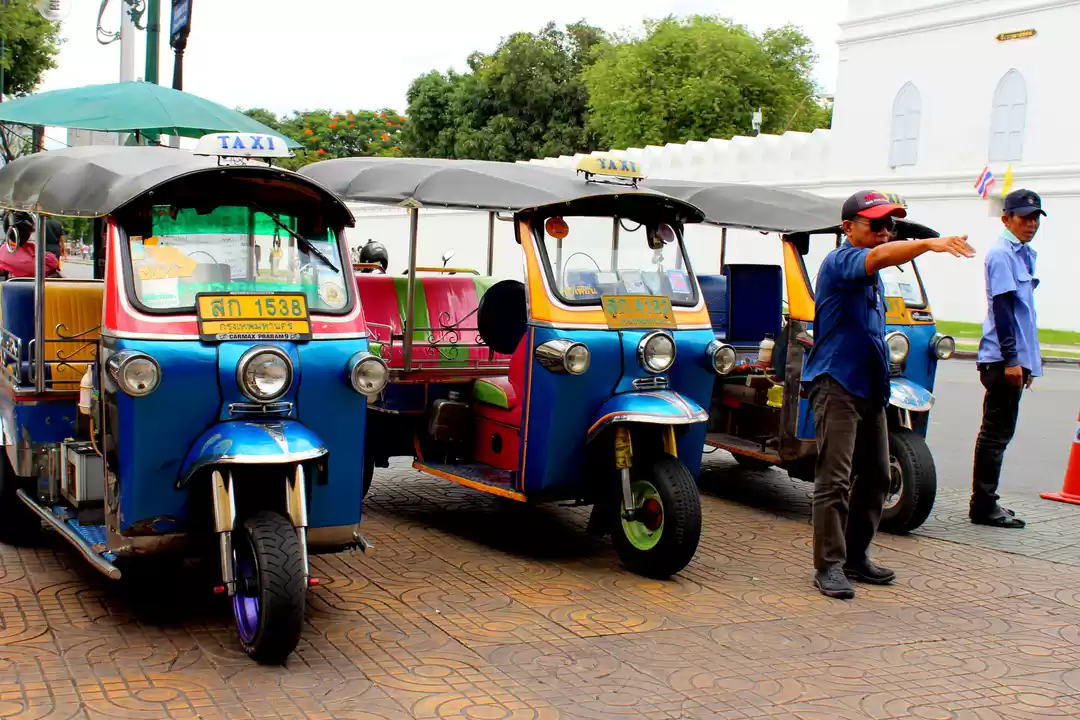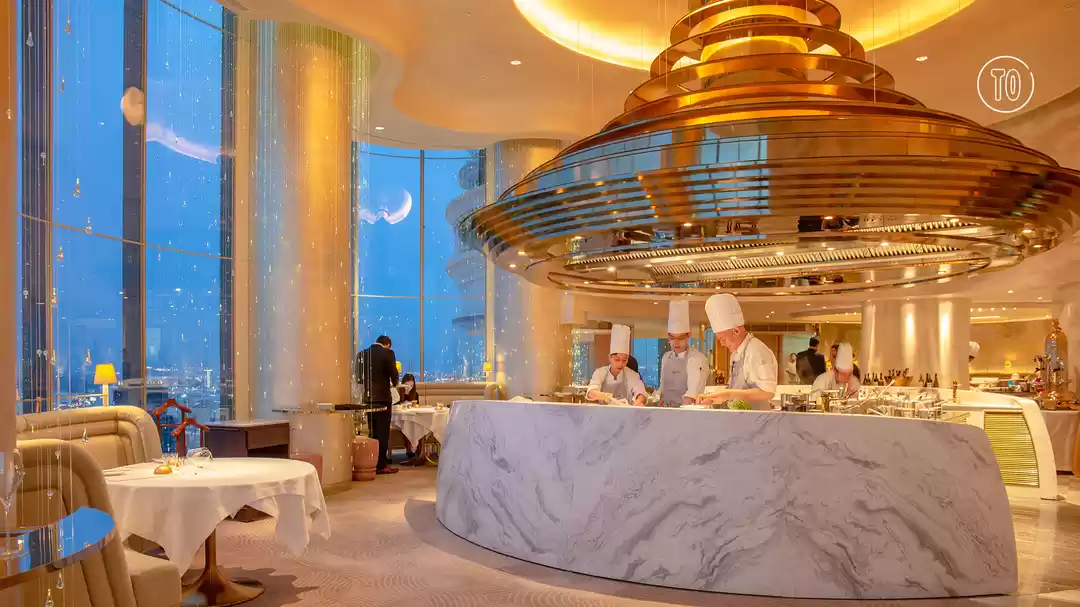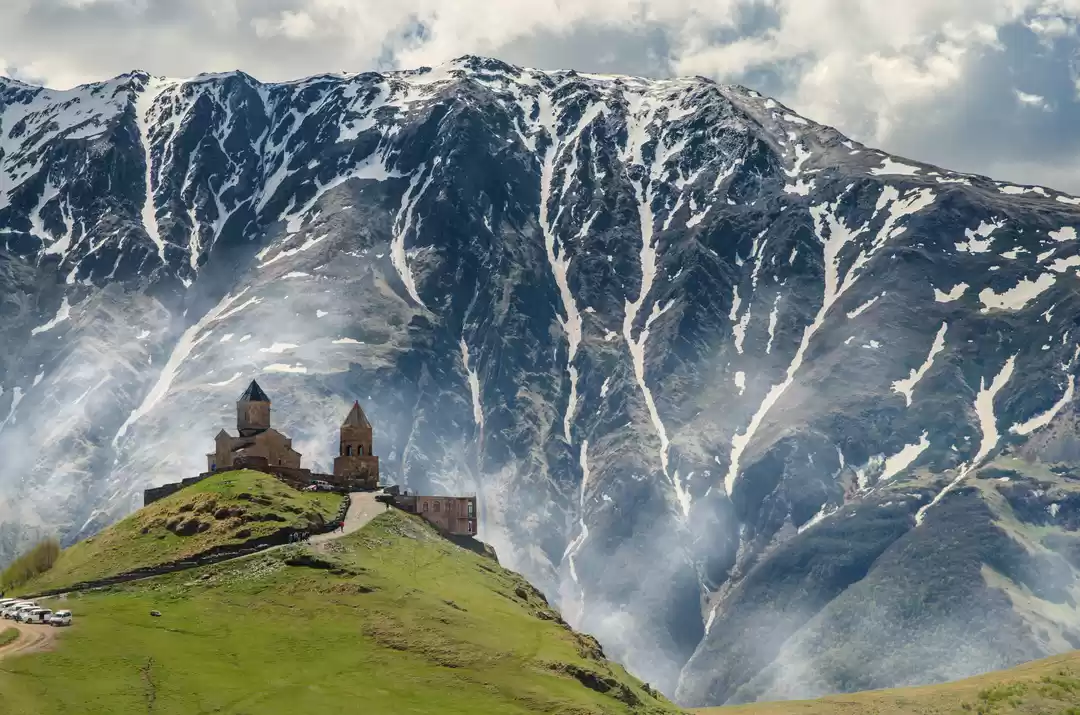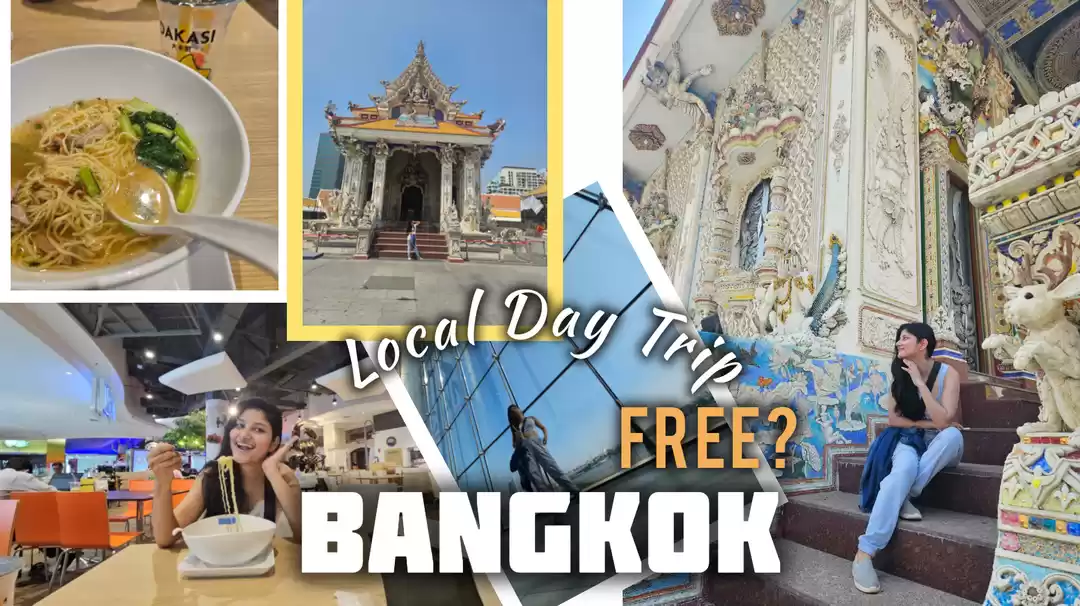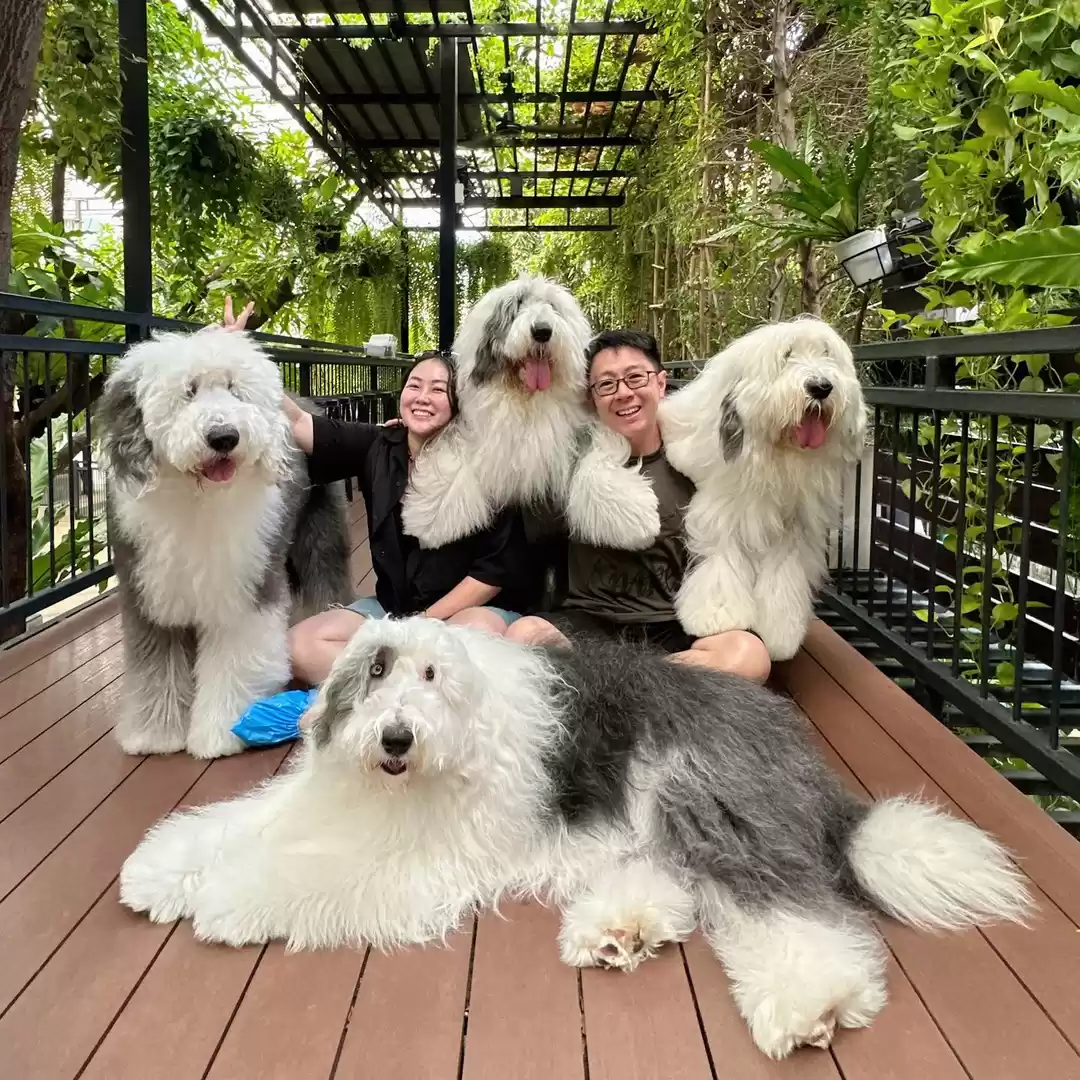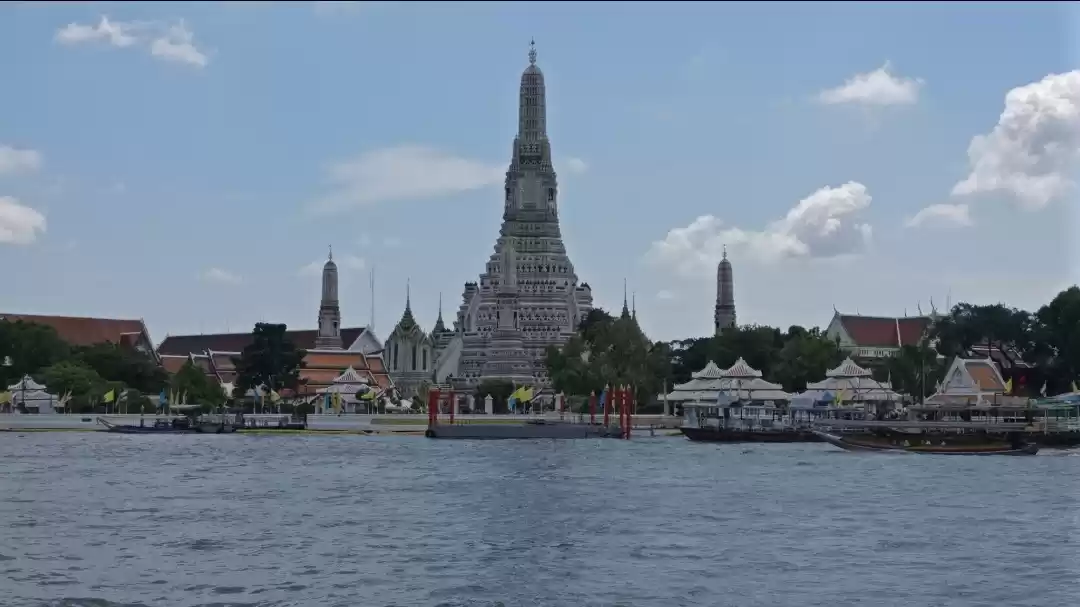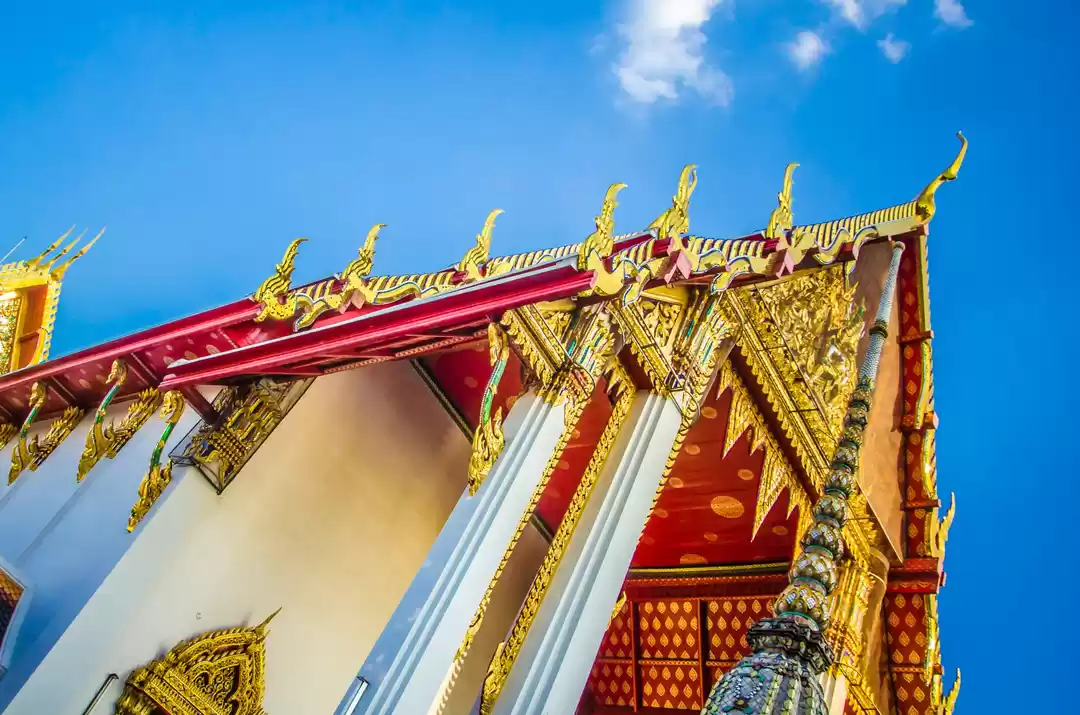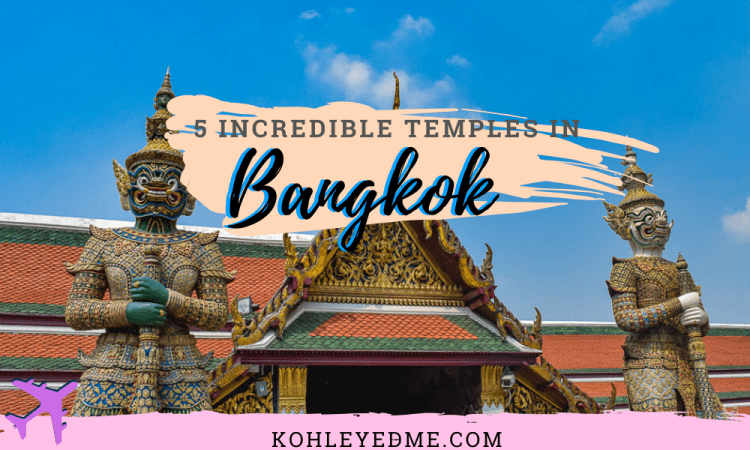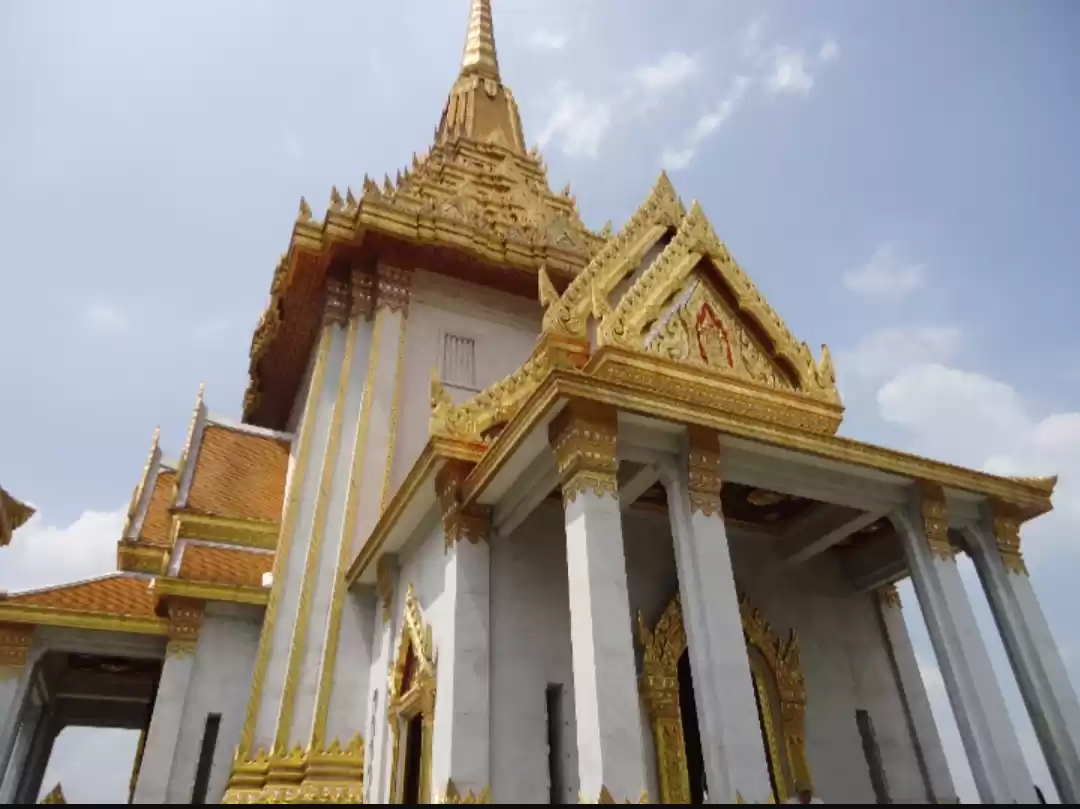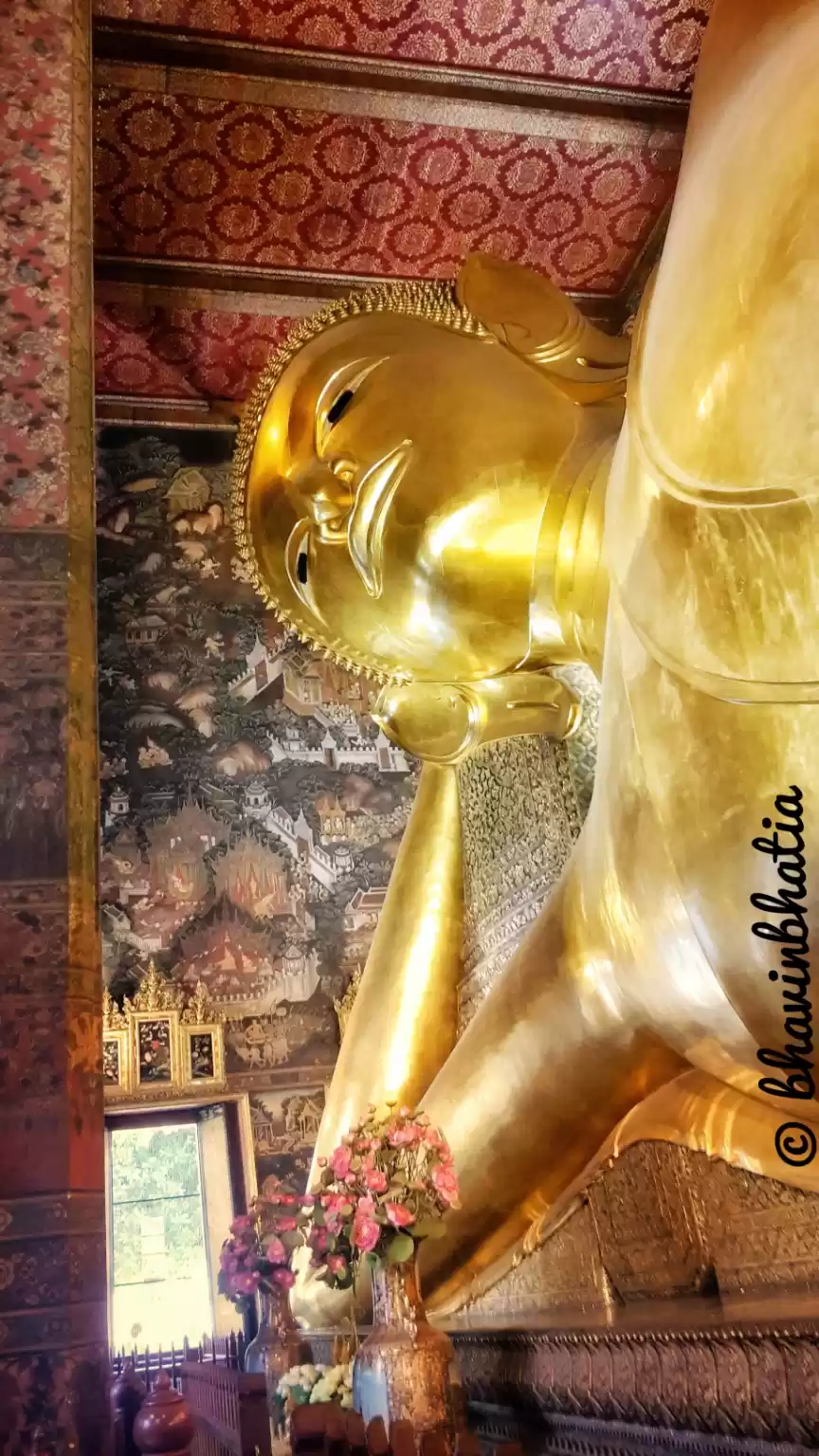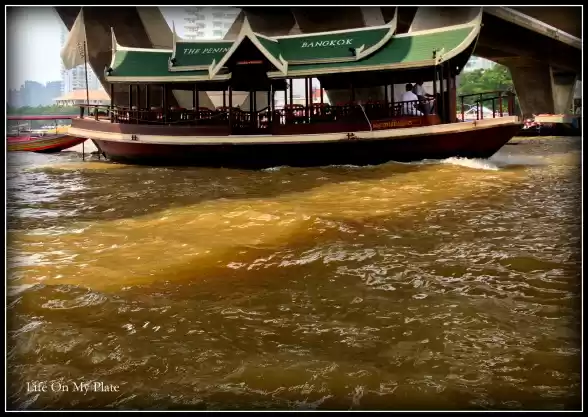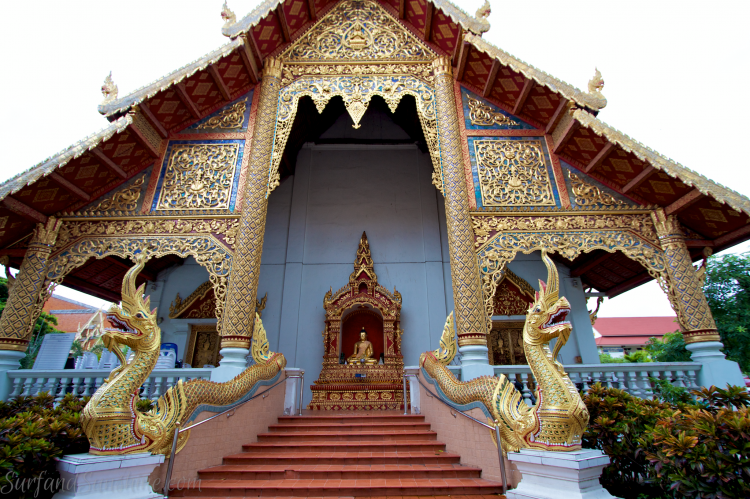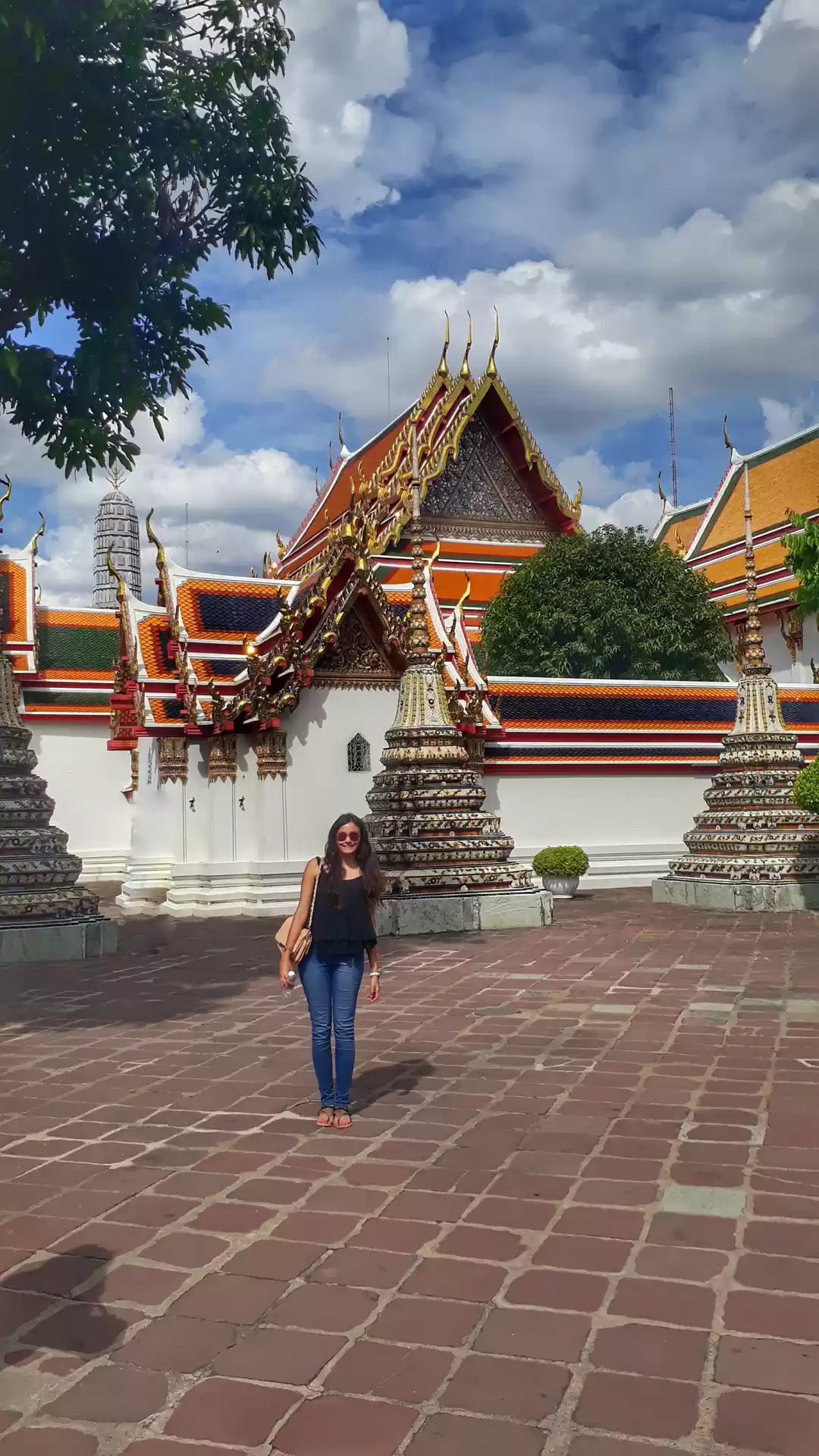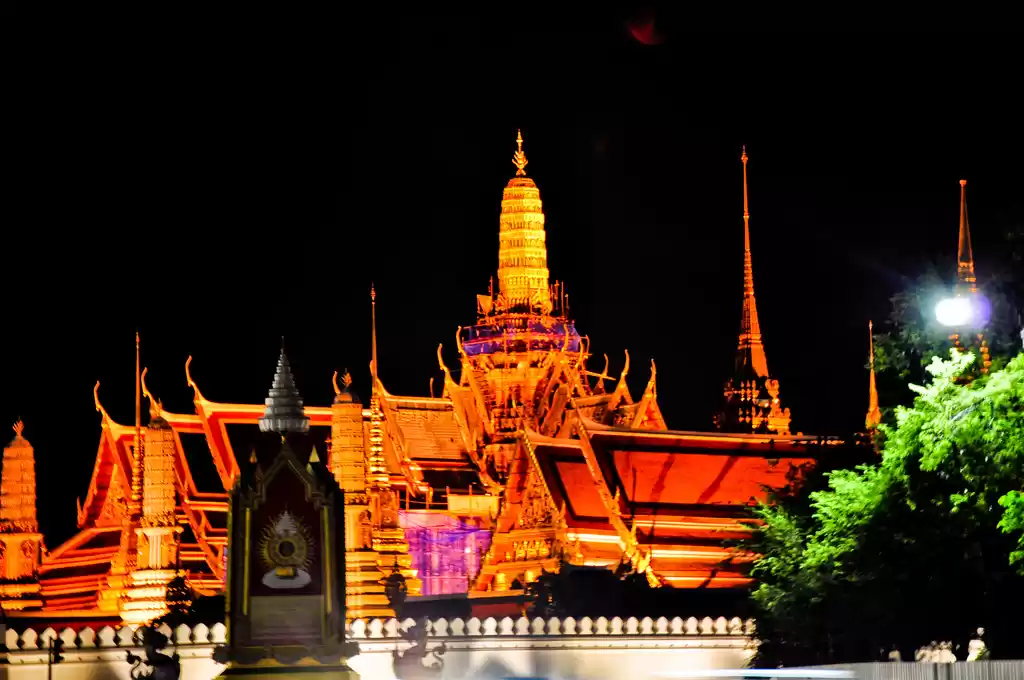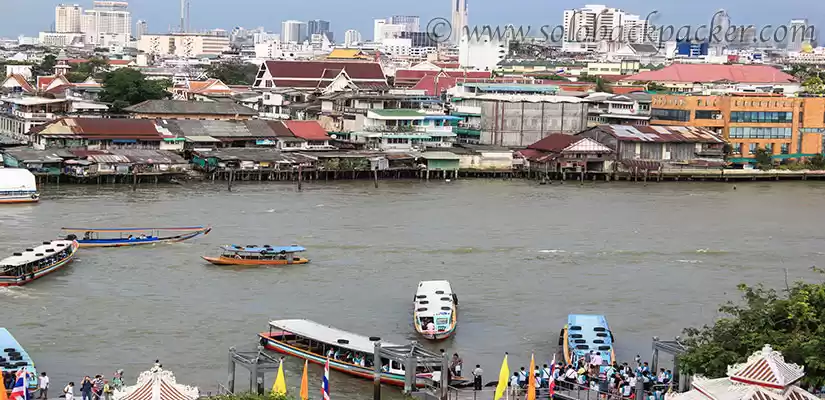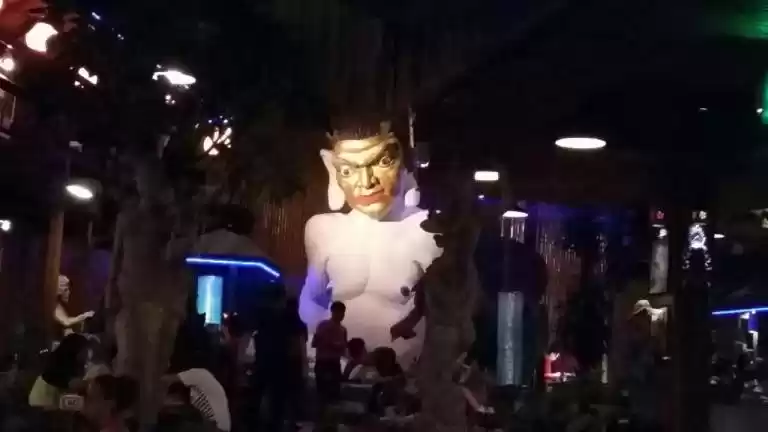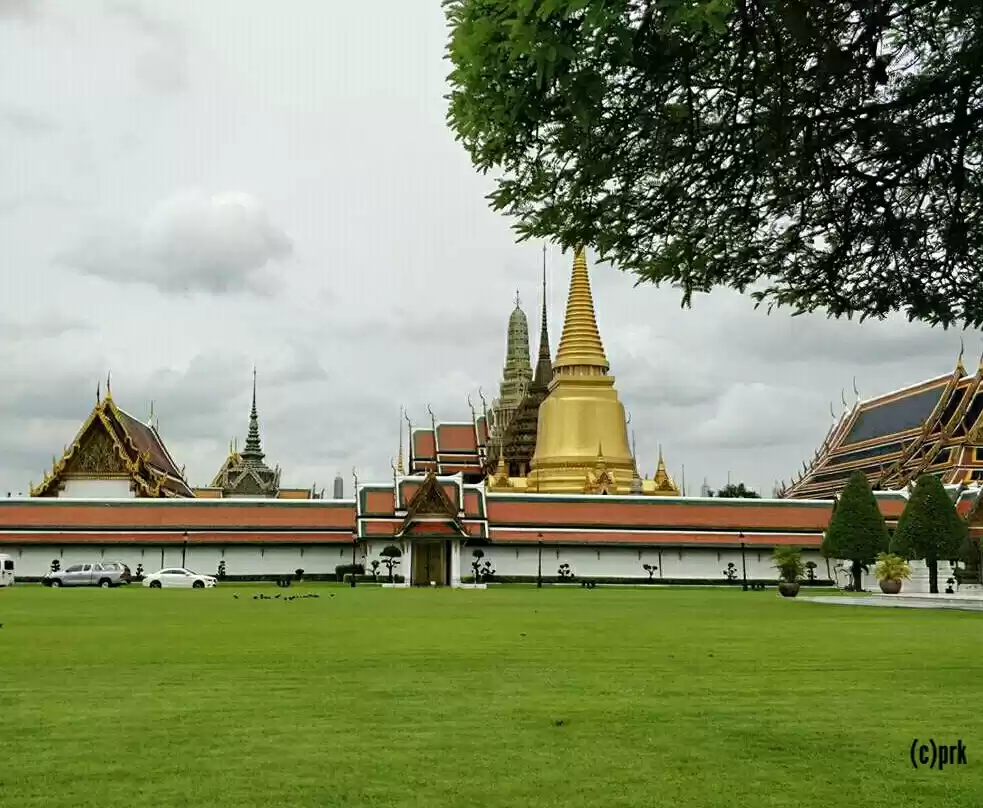
My trip to Bangkok had been truly enchanting. There was adventure, fun for sure but then there was a different mix to it too. And that was visiting religious places, pure and serene in their ambiance coupled with exquisite artistic brilliance. Yes, I am speaking about Wat Pho, the temple of the reclining Buddha. The moment I stepped into the temple premises, I could feel the tranquility prevailing around me. And then as I strolled along, observing the temples and the majestic structures embellished with architectural grandeur, I was amazed to watch the exclusive work of the artisans and the craftsmen.
History of Wat Pho
The official capital of Thailand was Thonburi, during the reign of King Taksin. He constructed his palace opposite Wat Pho (which was almost in ruins), and hence the temple was converted into a monastery. Later in 1782, when King Rama I acquired the throne, he moved the capital of Thailand to Bangkok. He constructed the present-day Grand Palace near Wat Pho. In 1788, under his flagship, the temple was renovated completely. Almost all the structures have been re-constructed with prolific images and paintings and decorative designs and patterns. The famous among them is the Chapel of the Reclining Buddha, the image of the Lord being the largest in Thailand.
Innumerable images of Lord Buddha were displaced from several abandoned temples and brought into Wat Pho. The temple complex has also been transformed into a learning center.
The Hall of the Reclining Buddha
The Reclining Buddha resides inside a majestic hall, measuring 60.75 meters by 22.60 meters. It was built in 1832 by King Rama III to accommodate the 15 meters tall and 46 meters tall image of Buddha. It is one of the largest Buddha idols in the country. The feet of the Buddha measures 4.5 meters long and 3 meters high. The reclining Buddha symbolizes his journey to Nirvana, the posture being called Sihasaiyas which as per colloquial language means reclining lion. He reclines on his right arm supporting his head with tight curls. His hand rests on glass mosaic cushions.


As a respect to Lord Buddha and with the wish of receiving good luck, people toss coins into the 108 bronze cups placed in lines at the temple. Apart from the reclining Buddha, the other key highlight of the temple is the mural paintings narrating the various tales belonging to the era of King Rama III.
Phra Mondop
Phra Mondop is also known as Hor Trijaturamuk. The key attraction of the place is the scriptures. It was constructed during the rule of King Rama III, housing Tripitaka or Buddhist Scripture. The roof is tetrahedron-shaped, and adorned with Chinese ceramics. The Wat Phro giants or guards are located at the sides of the Mondop. Around the hall, there are three more pavilions where you can find mural paintings depicting the epic Ramayana.


The Guards of Wat Pho
At the entrance gate of the temple which is gate number 13 or Phra Mondop, you can find the Wat Pho giants. They are said to be the guards wearing golden bright attire and with colorful physiques. The giants or the guards had been cursed and transformed into stone when they had created commotion over money. They were known by the names Yak Wat Pho and Yak Wat Jane.


The Pavilions
On the temple premises, there are 16 open pavilions. They are rectangular in shape and spread across the courtyard. The north pavilion is specifically significant since it contains 32 traditional Thai message inscriptions on its walls. The south pavilion houses inscriptions that speak about the guardian angels protecting the newborns. There are also inscriptions of Ramayana, the Pali Sorn Nong episode, and the art of the Royal Barge Procession.
Phra Maha Chedi Si Rajakaran
It is essentially a conglomeration of four pagodas, each 42 meters in height. The pagodas are gigantic, in circumference with white-colored walls. The walls have gates belonging to the Thai-Chinese architectural style and are adorned with tiles, elaborate mosaic work, and guardians of Chinese rockeries. The names of the pagodas are Phra Maha Chedi Srisanpethchadadyan or King Rama I, Phra Maha Chedi Diloktama Kornkanithan or King Rama II, Phra Maha Chedi Munibutborikarn or King Rama III, and Phra Maha Chedi Songphrasrisuriyothai or King Rama IV.
The Viharas or Buddhist monasteries
At the four corners of the chapel outside, there are four viharas. They are placed in four directions - north, south, east, and west. The viharas host the images of Lord Buddha in various postures, portraying certain historical events. The names of the viharas are Phra Vihara Nagaprok, Phra Vihara Pancavaggiya, Phra Vihara Lokanad, and Phra Vihara Palilai.
There are many other buildings and temples on the premises, which you can visit to complete your tour of Wat Pho. It is within walking distance from the Grand Palace in Bangkok.

